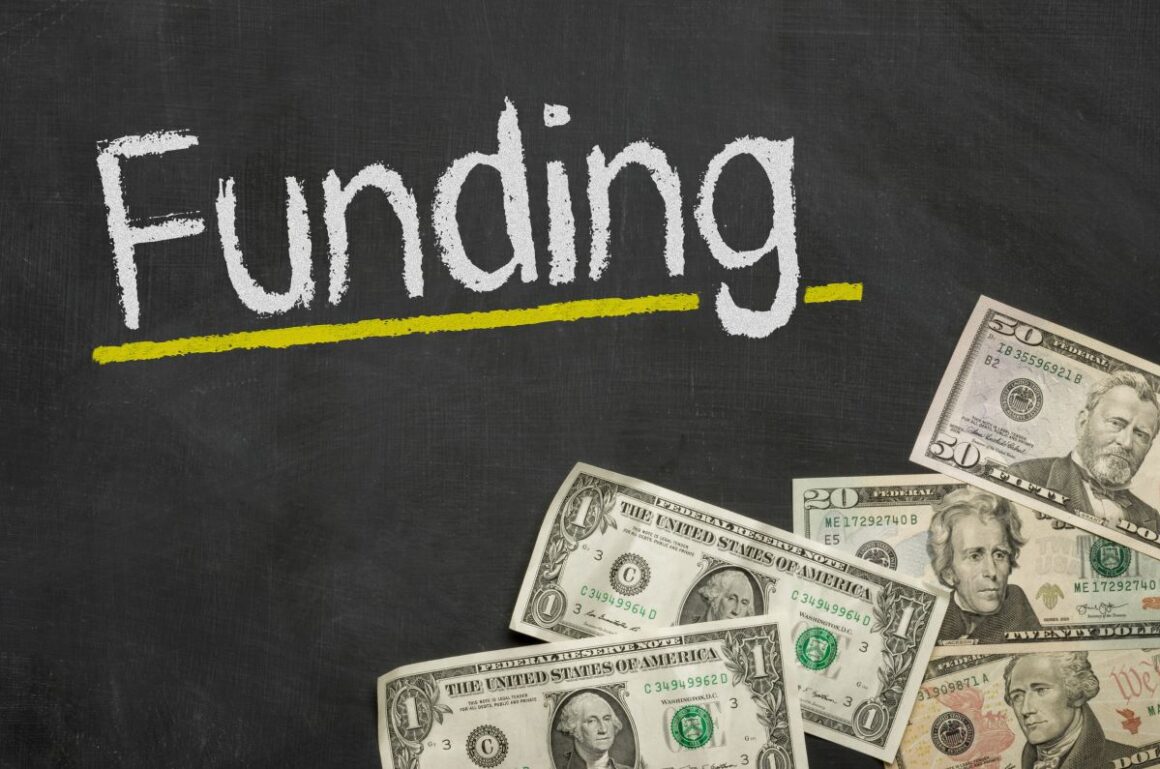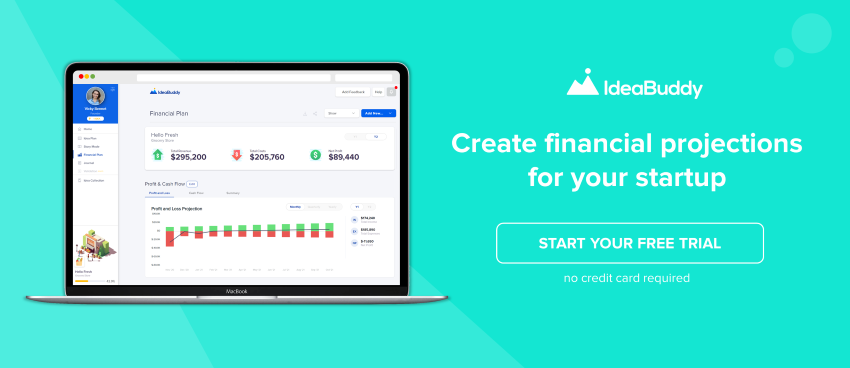There is a gap between the initial product mockups and the first returning customers that all companies need to bridge. And funds are what makes your startup tick in the process.
In this article we look at all aspects of startup funding. We’ll be breaking down startup funding terminology and exploring available options that can help you finance your business ideas.
Once you read, you will know exactly which:
- funding stages exist, from the pre-seed stage to IPO
- funding sources you can tap into, from bootstrapping to incubators and bank loans
- requirements you need to meet to reel in the funds successfully
Which funding stages are there?
If you look at the trajectory of a startup from when it’s just a business idea until it becomes a self-sufficient, profitable company, you can generally divide the course into these stages:
- Pre-seed round
- Seed stage
- Series A
- Series B
- Series C
- IPO

Pre-seed stage funding
The pre-seed round is the initial stage. It is often dubbed ‘family and friends round’, as the startup is looking for the initial nudge to get going. Often, founders need to scrap funds and inject their own money to get things off the ground.
These are the early days of your business, when your business idea is still not entirely baked. As you still likely have no real product to show, but just the concepts or MVPs, you’re asking people to place a huge bet on the success of your venture. That’s why it’s essential to showcase your willingness, persuasion, and thoroughness to anyone who you want to invest in your venture.
Seed stage funding
Seed funding is where founders start looking towards investors proper, called angel investors. There is no clear-cut barrier between pre-seed and seed rounds. However, this is normally where you have some product to show. You are looking to do further research, test market, hire a team, and generally expand your initial efforts.
Before, investments at this stage ranged between $500k and $2 million, but today have exploded, with some companies closing a whopping $400 million in a seed round.
Series A
When you close a Series A round, it essentially means you’ve established yourself as a trustworthy startup. Most companies at this stage have a solid business model, initial customer base, and their profitability is starting to pick up.
At this stage, startups generally turn to venture capital firms for investment. They in turn require a proper growth strategy and plan for the startup to reach long-term profitability.
Whether it’s expanding into a new market, expanding the existing customer base in the nascent market, or amping up the product offering, you will need to provide solid data to support your claim before you can expect to secure a Series A funding.
Series B
In the realm of Series B, which averaged $26 million last year, companies need to prove to investors that they are ready to expand their business in a sustainable manner. This means focusing on solidifying the company resources, primarily the talent it hires. To be able to support this growth, the company needs to hire business development, sales, marketing, and product teams.
At face value, the biggest difference between Series A and Series B is the pre-round valuation by investors. The latter tending to be more substantial and involving more venture capital firms specializing in later-stage funding.
Series C
The companies that have moved past the Series B stage are considered well-established — and now it’s time to scale.
Series C funding is intended for companies who are already quite successful. However, they still want to grow their business, venture into new markets, build new products or acquire other companies.
Coming within the reach of Series C means that the company has likely smashed many targets, and often across continents, and that it has become less of a risky venture. This now means that hedge funds, investment banks, private equity firms and other investors will be paying attention to what your company can bring to the table.
IPO
After Series C, some companies may choose to go for the final push in the form of Series D or E before they reach the goals set in the funding round or until they are ready for the initial public offering (IPO).
Essentially, IPO means that a company can now offer its shares to public investors and buyers as well. This will allow it to secure additional funds, gain publicity, secure favorable terms from lenders, and more.
What sources of funding are available?
A bit paradoxically, the longer a company lasts in the market, the more available sources of funding it will have at its disposal.
As you’ve seen, from the initial ‘friends and family’ round to the Series C where big-equity firms and banks are willing to chip in, the startup funding landscape changes quite a bit. Here’s a quick overview of the main sources of funding you should consider:
- Bootstrapping
- Crowdfunding
- Incubators and accelerators
- Angel investors
- Bank loans
- Government programs
How to ensure successful funding?
Each of the stages on your journey is increasingly complex in terms of what target you need to hit and what credibility you need to demonstrate.
For instance, a detailed business model and a pitch deck will suffice for the initial rounds of startup funding. While you still won’t need a big team or a fully running product, the amount of funds you’re trying to secure will generally not be a terribly risky endeavor for the investors.
But, as you seek higher funding, investors will be asking for financial projections, cost structure, team career and achievements, and overall how well standing your company is.
Ready to start preparing for your first startup funding round? Try Idea Buddy for startups for free today and make sure you have all the important parts of your business credibility in place as you head out to speak to investors.




